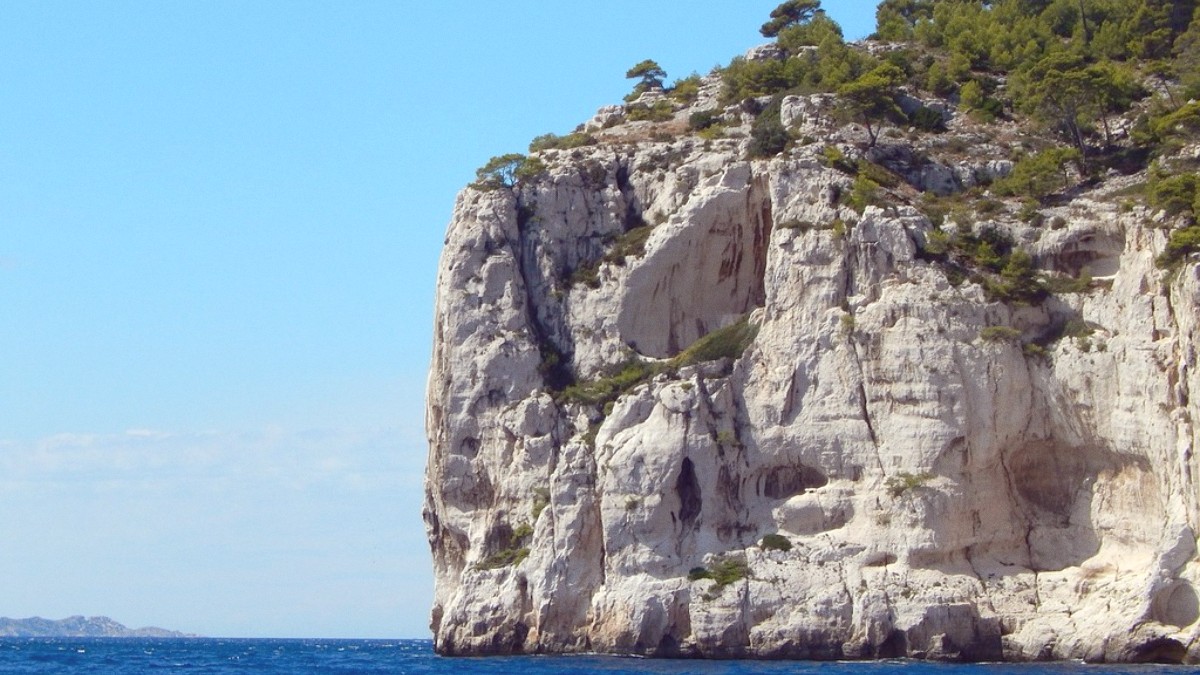
South Coast, Cambodia
Several islands are offshore, with Koh Tonsay, or Rabbit Island, being the most known. The town's position on the gulf gives it a direct connection to the sea, influencing its climate, economy, and character. Rivers and small waterways feed into the gulf in this region, shaping the local landscape. The surrounding land is relatively flat, with the gentle hills of Kep National Park rising behind the town, providing a scenic backdrop to the coast.
Kep is a tranquil coastal town in Cambodia. It holds renown for its fresh seafood, especially the blue crab, which dominates the lively Crab Market. This market is a central point of activity, where you can buy crab directly from the fishermen and have it cooked nearby. The town displays a relaxed atmosphere with a pleasant seaside promenade.
This walkway offers a good place for strolls and views of the gulf. Kep National Park sits directly behind the town, offering trails for walking and views of the surrounding area. Travelers readily reach nearby islands like Koh Tonsay (Rabbit Island) for swimming and snorkeling trips.
Kep provides a different experience than Sihanoukville, a larger and more developed coastal city. Kep appears far less developed and much quieter. This marks it as an ideal destination for those seeking a peaceful escape, away from crowds and loud nightlife. Its charm comes from its natural beauty, the taste of fresh seafood, and the slow pace of life.
The nearby province of Kampot, famous for its pepper plantations and laid-back riverside vibe, often pairs with Kep on itineraries. The close proximity permits visitors to experience both the coastal quiet of Kep and the riverine charm of Kampot. This combination presents a comprehensive look at Cambodia’s southern region, delivering diverse experiences within a short distance.
The town spreads out, meaning a scooter rental or tuk-tuk rides are common for getting around.
The core attractions, like the Crab Market and the main beach, are accessible. Some guesthouses or the National Park need transport.
A lack of large-scale development means many businesses are small, locally-run operations.
Travelers discover Kep as a place where time slows down. Mornings begin with fishing boats, evenings with seafood.
Local residents demonstrate friendliness and hospitality. Many speak English, helping tourists.
The light pollution is minimal, allowing clear views of the night sky on clear nights. This quiet environment also benefits nature lovers. The National Park shelters various bird species and other wildlife, presenting observation opportunities. The marine life around Koh Tonsay, while not extensive, offers a chance for basic snorkeling.
Kep welcomes travelers who value peace over party, and authentic local experiences over manufactured attractions. It appeals to those who appreciate good food, natural landscapes, and a glimpse into Cambodia’s rich past. The journey to Kep frequently prepares for a calm coastal retreat.
When you visit Kep, staying for at least two full days is a good idea. This lets you experience the Crab Market, hike in the National Park, and take a trip to Rabbit Island without rushing.
Kep offers a true sense of escape. Its unique blend of history, natural beauty, and quiet charm makes it a worthwhile stop on any Cambodian journey.
Kep offers many scenic spots. The Crab Market is lively. The National Park views are wide. Rabbit Island has clear water.
These images offer a visual tour of what Kep presents. They portray the lively market, the calm beaches, and the wide views from the hills. They symbolize the diverse experiences awaiting you.
Green hills meeting the vast blue sky and sea.
Calm waters and soft sands.
A symbol of Kep's famous seafood.
These images portray a visual tour of what Kep offers. They show the lively market, the calm beaches, and the wide views from the hills. They embody the diverse experiences awaiting you.